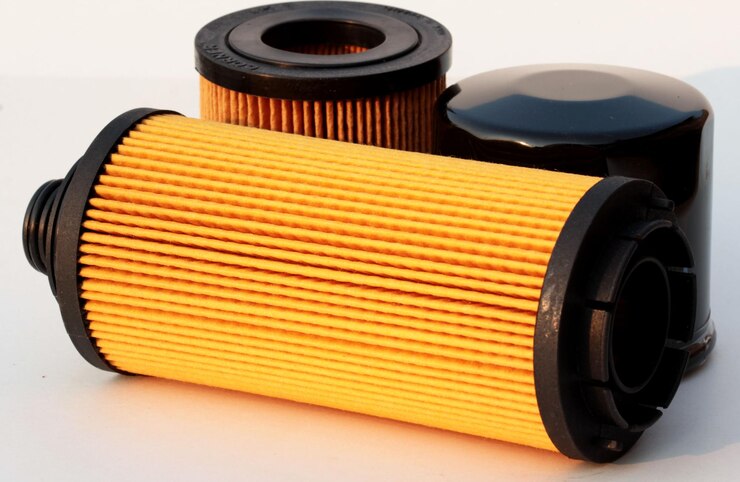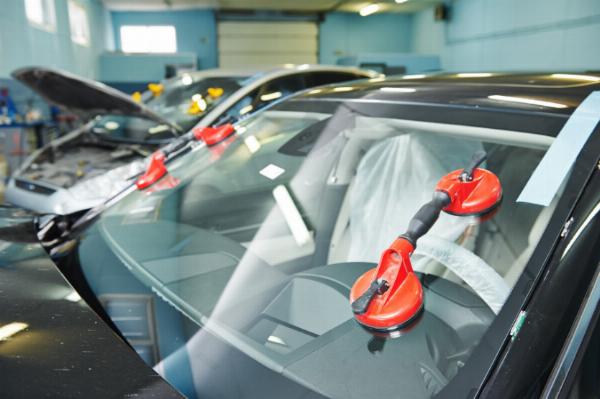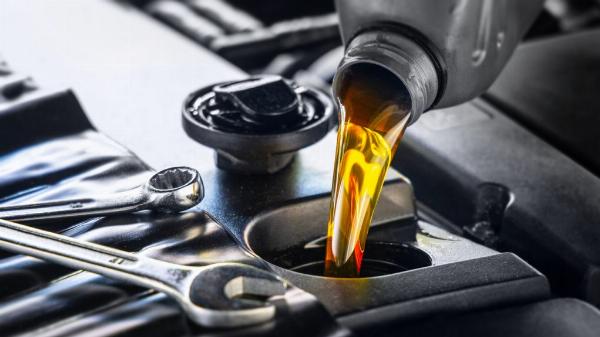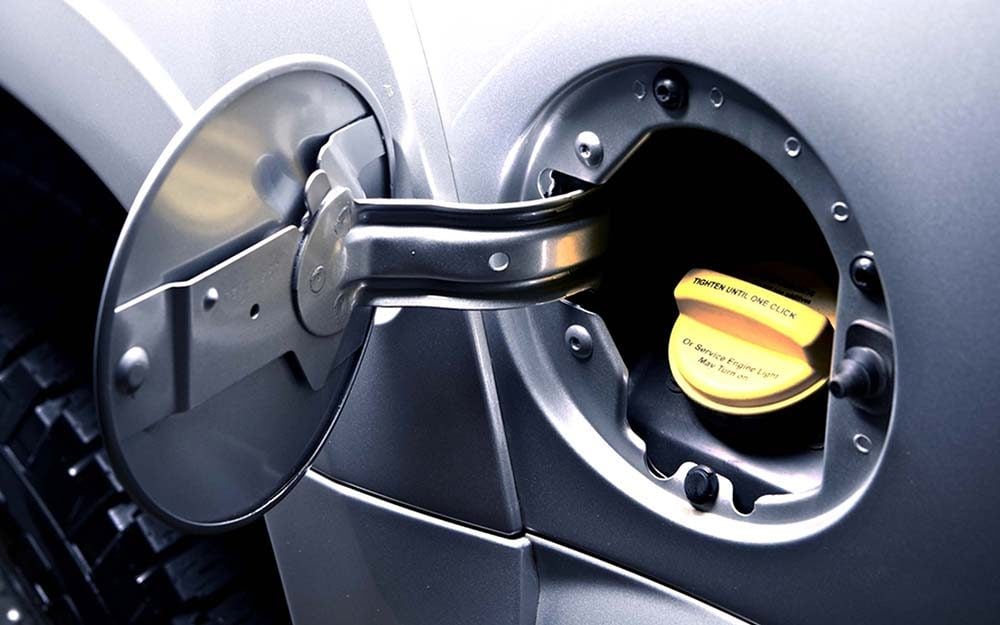The automotive industry is undergoing a significant transformation, driven by the global shift toward sustainability and technological advancement. As governments and consumers increasingly prioritize environmental consciousness, the production of New Energy Vehicles (NEVs) has surged. This shift is poised to create a substantial increase in demand for UV resins, a key material used in automotive coatings, adhesives, and components. UV curable resins, known for their eco-friendly benefits, fast curing properties, and durable finishes, are expected to play an essential role in the automotive industry's move towards greener manufacturing practices.
The Rise of New Energy Vehicles (NEVs)
New Energy Vehicles, which include electric vehicles (EVs), plug-in hybrid electric vehicles (PHEVs), and hydrogen-powered vehicles, are rapidly gaining traction worldwide. The rise of NEVs is largely driven by stringent environmental regulations aimed at reducing carbon emissions, the growing demand for cleaner transportation options, and advancements in battery technology that are making electric vehicles more affordable and accessible.
Governments in key regions such as Europe, China, and North America are offering incentives to encourage NEV adoption, which is accelerating the shift away from traditional internal combustion engine vehicles. As a result, the production of NEVs has surged, creating new opportunities for automotive manufacturers to innovate and adopt materials that support sustainability.
UV Resins in Automotive Coatings: A Growing Necessity
One of the key areas where UV resins are making a significant impact in the automotive industry is in coatings. Automotive coatings serve not only to enhance the appearance of vehicles but also to provide protective layers that improve the durability, weather resistance, and overall performance of vehicles. Traditional coatings, which often rely on solvent-based systems, are being replaced by UV curable resins, which offer numerous advantages over their conventional counterparts.
Faster Curing and Increased Production Efficiency
UV resins are highly valued for their fast curing properties, which allow automotive manufacturers to significantly reduce production time and energy consumption. Traditional coating methods can take hours to cure, but UV curable resins harden almost instantly when exposed to UV light. This rapid curing process speeds up the production cycle and helps manufacturers meet the increasing demand for NEVs without compromising on quality.
As NEV production volumes increase, manufacturers need to find ways to streamline operations and improve efficiency. The adoption of UV curable resins in automotive coatings helps achieve this goal by cutting down on drying times and minimizing energy usage in the curing process. This enables manufacturers to meet tight production schedules while reducing their environmental footprint, an important consideration in the push for greener manufacturing.
Superior Durability and Performance
UV curable coatings are also renowned for their superior durability and resistance to environmental factors such as UV radiation, abrasion, and chemical exposure. As NEVs are designed for long-term use, it is crucial that the materials used in their production are capable of withstanding harsh conditions without degrading. UV resins meet this requirement by providing automotive coatings that offer long-lasting protection and maintain their quality over time.
The automotive industry’s demand for UV resins is expected to continue growing as manufacturers seek coatings that not only provide aesthetic appeal but also improve the longevity of their vehicles. For NEVs, this is particularly important, as these vehicles are designed to last longer and require fewer repairs compared to traditional gasoline-powered cars. UV resins’ ability to deliver high-performance, durable finishes makes them a key component in the production of NEVs.
UV Resins and Electric Vehicle (EV) Production
Lightweight Coatings for EVs
One of the main advantages of UV curable resins in automotive coatings is their lightweight nature. In electric vehicles, weight reduction is a critical factor that directly impacts battery efficiency and overall driving range. Lighter vehicles require less energy to power, which in turn increases the efficiency of the battery and extends the vehicle’s range on a single charge.
UV resins are ideal for use in lightweight coatings, helping EV manufacturers reduce the weight of their vehicles without sacrificing durability or performance. As the demand for EVs grows, especially in the context of increasing fuel efficiency requirements, UV resins will continue to play an essential role in reducing vehicle weight and supporting the performance and longevity of electric vehicles.
Enhancing the Aesthetic Appeal of EVs
Another important consideration for electric vehicles is their aesthetic appeal. As EVs become more mainstream, consumers are looking for cars that not only perform well but also offer a sleek, modern appearance. UV curable resins are particularly suited for achieving high-quality finishes, offering a smooth, glossy surface that enhances the overall visual appeal of the vehicle.
The rapid curing time of UV resins ensures that manufacturers can quickly apply multiple layers of coatings to create a premium finish, while maintaining high production output. The ability to create eye-catching, durable coatings is crucial for automakers competing in the growing EV market, where appearance plays a significant role in consumer decisions.
The Role of UV Resins in EV Battery Components
Beyond coatings, UV resins are increasingly being used in the production of electric vehicle (EV) battery components, such as adhesives for battery modules and packaging materials. The automotive industry is adopting UV resins in battery assembly processes due to their excellent adhesion properties and fast curing times, which are crucial for assembling delicate battery components in a highly efficient manner.
UV resins are also used in the production of flexible and durable battery casings, helping protect sensitive electrical components from physical damage and environmental factors. As the demand for EVs continues to grow, UV resins will be pivotal in the development of battery technologies and components that support the safe and efficient operation of electric vehicles.
UV Resins Supporting the Global Push for Sustainability
The automotive industry’s shift toward sustainability is creating a greater demand for environmentally friendly materials, and UV curable resins are well-positioned to meet this demand. The adoption of UV resins is in line with the industry’s broader sustainability goals, as these materials significantly reduce the environmental impact of automotive manufacturing.
Low VOC Emissions
One of the most significant benefits of UV resins is their low volatile organic compound (VOC) emissions. VOCs are harmful air pollutants that contribute to smog, ozone depletion, and respiratory issues. Traditional coatings often rely on solvents that release high levels of VOCs into the atmosphere, contributing to environmental degradation. UV resins, on the other hand, emit little to no VOCs, making them an ideal solution for automotive manufacturers striving to meet increasingly stringent environmental regulations.
Reduced Energy Consumption
Another sustainability advantage of UV resins is their reduced energy consumption during the curing process. Traditional thermal curing methods require significant amounts of heat and energy, whereas UV curing only requires exposure to UV light. This energy-efficient curing process helps reduce the overall carbon footprint of automotive manufacturing, making UV resins a vital part of the automotive industry's green initiatives.
Conclusion: The Future of UV Resins in the Automotive Industry
The demand for UV resins in the automotive industry is set to grow significantly as the production of New Energy Vehicles (NEVs) surges. The eco-friendly, fast-curing, and durable properties of UV resins make them an ideal material for automotive coatings, adhesives, and battery components, aligning with the industry’s move toward sustainability and efficiency.
As NEV production increases and automakers strive to meet environmental regulations while maintaining high-quality standards, the role of UV resins will continue to expand. With their ability to enhance the performance, appearance, and sustainability of electric vehicles, UV curable resins will be at the forefront of the automotive industry's transformation, contributing to a greener and more efficient future for transportation.
 Don't let your content be flagged with AI Detectors - use a Free AI Humanizer
Don't let your content be flagged with AI Detectors - use a Free AI Humanizer
 Don't let your content be flagged with AI Detectors - use a Free AI Humanizer
Don't let your content be flagged with AI Detectors - use a Free AI Humanizer
















